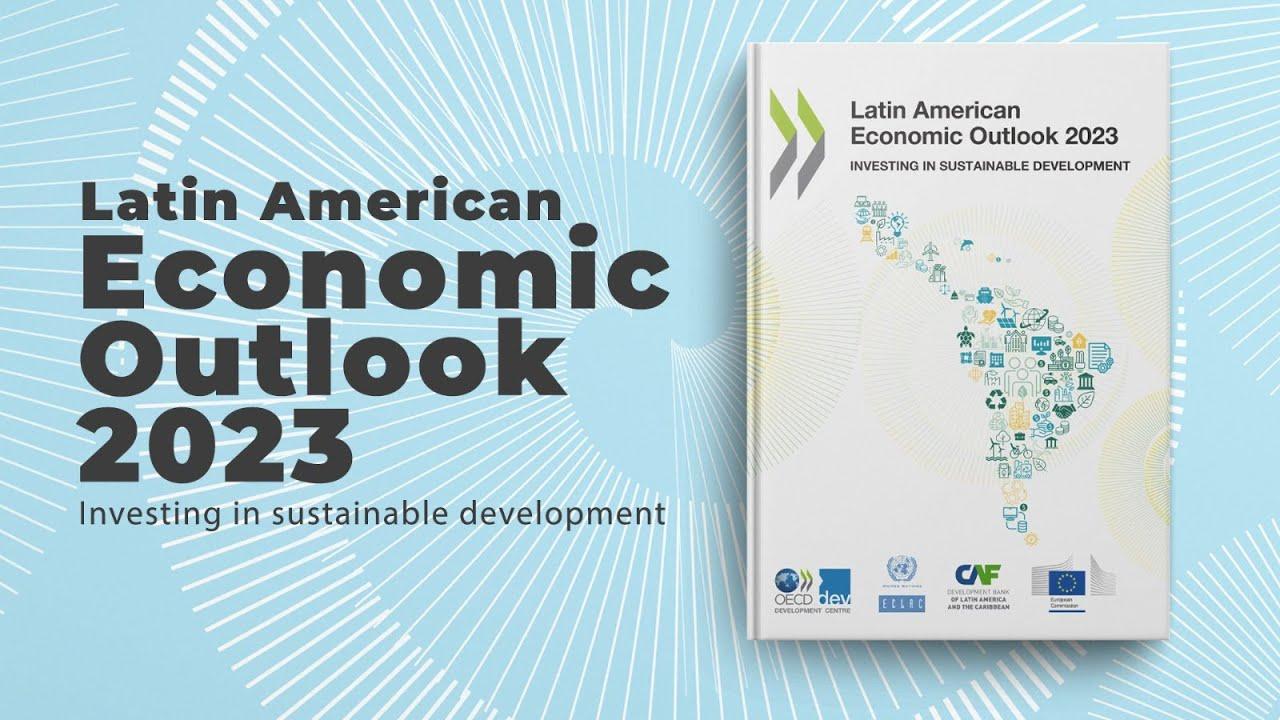video
Today China represents 17.1% of investment in the world, around 11% of global exports of goods and services, 10% of imports, and just 5.4% of international consumption. It is no surprise, then, that the entire world is eyeing this country, not only due to the financial volatility and uncertainty seen since the fall of the Shanghai Stock Exchange and the devaluation of the yuan, but also because of its so-called “new normal,” which refers to the Asian giant’s future pace of economic growth.
Most assuredly, the world will have to get used to a China growing significantly below the 10% rates we had become accustomed to. Optimistic analysts forecast growth of between 6%-7%. Others foresee possibly lower rates in the range of 5%-6%. Although these differences look small, they are not trivial, because lower variations in China’s growth have important consequences for the global economy in general—and for Latin American and Caribbean countries in particular.
The region’s economies are affected via two channels. The first relates to the fact that growing financial volatility and uncertainty tend to trigger the well-known phenomenon of “flight to quality,” which implies that international investors move towards safer markets and currencies, particularly the dollar. This translates into greater volatility in Latin American and Caribbean currencies as well as more onerous conditions in terms of costs and maturities for our countries on global financial markets.
The second channel relates to trade in goods and services. In recent years, China has become the second-largest trading partner for the region overall and the first-largest for several countries, in particular those that export commodities. Reduced growth in China has translated into a significant decline not only in external demand for the primary products the region exports, but also in their prices. In fact, the strong deceleration that South American countries face can be explained in large part by what has been called the end of the commodities supercycle.
The region is affected not only by the rate of Chinese growth, but also its composition. The Asian country is moving from a growth model based on investment to another based on consumption. Considering that more than 70% of what Latin America exports to China are primary goods and that the proportion of manufactured goods it sells is much lower, this new orientation in Chinese growth is not very promising for countries that export minerals and iron since there will be less room for these products, which are more oriented towards investment than consumption.
However, in the short and medium term a window of opportunity opens for our region with regard to exporting food and agro-industrial products for consumption, because there is great demand in China in this area that has been growing constantly. Of course, this should not limit our economies’ efforts to diversify the basket of export products, incorporating manufactured goods with greater value-added.
Another big window of opportunity opens in the framework of the CELAC-China agreement signed at a meeting held by both parties in January 2015 in Beijing, which established a series of integration and economic cooperation goals.
Among these, it is worth highlighting the increase in reciprocal trade to around $500 billion dollars in the next 10 years, changing the existing asymmetry and current export structure so that the region can export products with growing value-added and have a more diversified export basket.
Another goal is to expand and diversify reciprocal foreign direct investment between both sides, to reach close to $250 billion dollars in the next 10 years. On this point, the challenge is to diversify the Chinese investment coming to the region, which is highly concentrated in extractive industries and in a few countries, so that it reaches sectors with greater value-added and that insert better in value chains. It is also important to identify possible areas of Latin American investment in China, which is very limited today.
Finally, China could be an important support to finance investments in the infrastructure and energy sectors, which show a notable deficit in our region.


